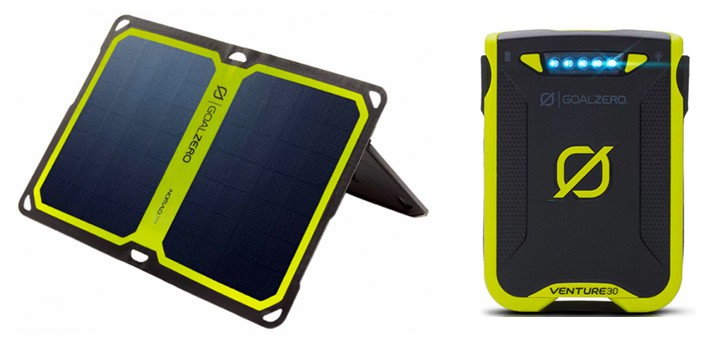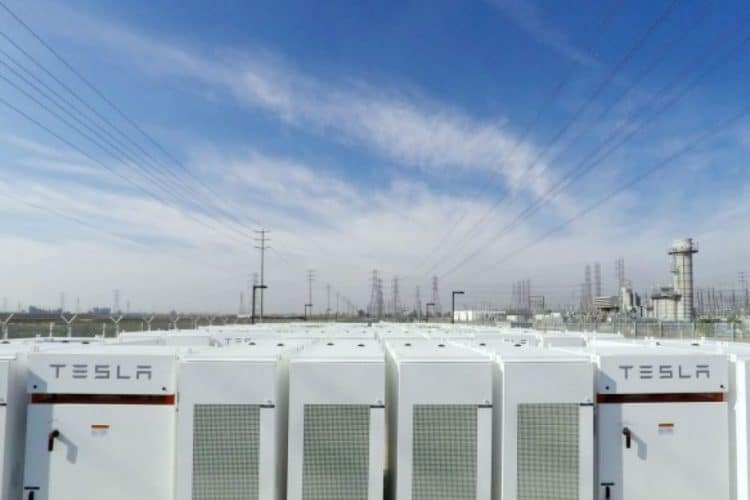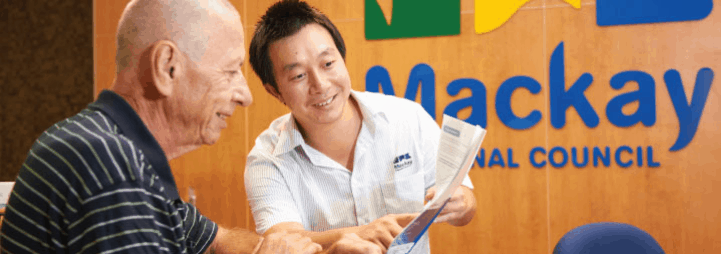If you’re an avid camper or hiker, I’m sure you’ve already seen some of your fellow outdoor lovers using portable solar to charge their electronics while on the trail or at the campsite. Gone are the days when using a heavy (and expensive!) generator, wasting your car battery, or, even worse, using traditional non-rechargeable batteries were the only ways to charge electronics or run lights at the campsite. Solar camping is the way of the future!
The rapid proliferation of advancements in solar panel technology has led to some exciting new ideas in the world of portable solar panels. So if you enjoy hiking, camping, (or you do and your family can’t live without their phones!) have a look at some of the options which are available to people who want to use recharge with renewable energy when they’re out in the wild.
Buy Camping Solar Products in Australia
There a number of retailers in Australia offering a huge range of great products, from portable solar panels, foldable solar panels, solar torches, power banks to store the energy in, and much more. Quality can vary quite considerably so make sure you do your due diligence before purchasing anything too expensive.
Kathmandu have a small range of products for campers and hiker such as the Goal Zero range of panels and some Kathmandu branded Power Banks and Hand Torches.

Tentworld offers a range of foldable and rollable solar panels from brands such as Goal Zero, PowerFilm, Engel, and OZtrail.
Some other amazing products we’re interested in (let us know if you’d like us to do a full review on any of these so I have an excuse to buy them!)
- Eton Scorpion – A radio with 3.5mm input, a solar panel, and a hand crank which powers the device and even external USB devices. Don’t expect massive power, but very hand to have in a pinch.
- Earl Tablet – A camping gadget with a GPS chipset, connects to a VHF and UHF transceiver, can connect to analog and digital frequencies, and can provide up to 20 hours of battery life after five hours of sunlight charging.
- Lumos Solar Backpack – A solar camping backpack with a 3 watt solar panel and a 2200 mAh battery built in. Very reasonably priced, too!
- Companion Deluxe Portable Solar Shower – A 20L bag you fill up and leave out in the sun during the day. Built in water temperature gauge.
- Energizer Solar 4LED Rechargeable Spotlight – A simple rechargeable solar flashlight. Runs for 3.5 hours after 5 hours of charge and is totally waterproof.
- Rock Out 2 Solar Rechargeable Speaker – A waterproof solar powered Bluetooth speaker which provides 10 hours of surprisingly quality sound on an 8 hour charge.
- Solar Car Battery Charger – An inexpensive 1.5 watt panel which can help ensure your battery stays charged when you’re away from your vehicle. Clip it onto your battery or plug it into the cigarette lighter.
- Solarmonkey Charger – A lightweight, waterproof and shock resistant portable solar panel. Will charge in around 8 hours and has an internal lithium-ion battery which stores a respectable 3500mAh.
Solar Powered Tents
Cinch Pop Up Tents offer an addon called the Cinch! Solar Power Pack which connects to the top of their extensive range of tents. The power pack includes a flexible silicon panel and a power bank so you can use the energy generated at night. They even have LED tent pegs so you won’t lose your tent or knock into one in the dark!
Have a look at their promotional video for the Cinch solar tents below:
Solar Camping Panel Product Reviews
Is there a product you’re interested in buying and would like a review on? Leave your request in the comments and we’ll take a look for you!
Alternatively, have you tried one of the products mentioned here and have an opinion? What did you like and what don’t you like about it? Please let us know, we’d love to hear about how you went.





